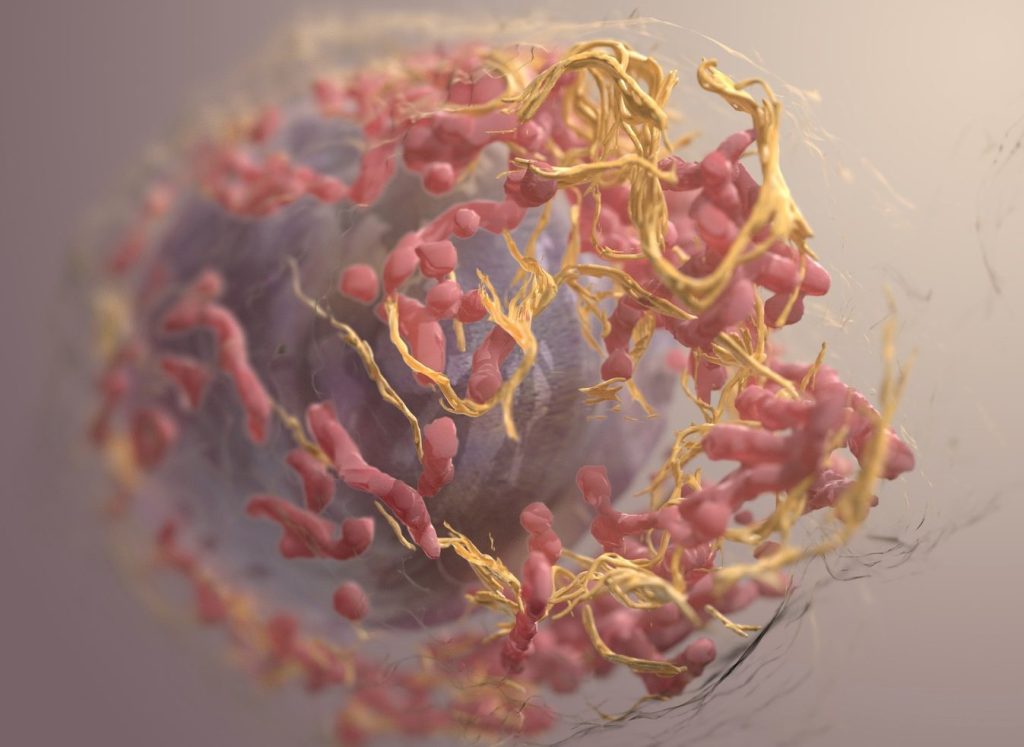Emotion Plays a Major Role in Psychosis Onset and Persistence

New research from King’s College London has highlighted the important role that emotions play in the onset and persistence of psychosis.
The research, published in Early Intervention in Psychiatry, advocates for the development of emotion-focused interventions that seek to prevent a person’s relapse in their health as well as maintain their recovery.
Psychosis is a symptom of mental illness typified by hallucinations, delusional thoughts and disorganised thinking. While previous research has implicated emotion in the onset and continuation of psychosis, there has not yet been a universally acknowledged theory to account for the influence that emotions can have on it.
Researchers in this study conducted a systematic review of 78 studies comparing the experiences of healthy controls with individuals at Clinical High Risk (CHR), a diagnosis of schizophrenia (SZ), and those experiencing their First Episode of Psychosis (FEP). Researchers wanted to better understand both the role of emotions, as well as emotional coping strategies, in their experiences.
This systematic review found that SZ and CHR individuals demonstrated significant impairments in their emotional awareness, their understanding of self and others, and their ability to regulate their emotions when compared to healthy controls. They also demonstrated a heightened emotional reactivity.
The researchers, from the Institute of Psychiatry, Psychology & Neuroscience (IoPPN) at King’s, found that individuals with schizophrenia reported high levels of “Negative Affect” – a reduction or absence of normal emotional expression – which was a strong predictor of paranoia.
“Experiencing emotions is a natural part of everyday life. However, our study highlights that people with psychosis experience emotions with more intensity, which can significantly contribute to the emergence and maintenance of their psychosis symptoms. Therefore, psychological interventions that explicitly target emotions and emotional coping in psychosis could help prevent relapse and maintain recovery.”
Dr Anna Georgiades, a Lecturer in Early Intervention in Psychosis at King’s IoPPN and the study’s senior author
The researchers also wanted to explore how individuals at CHR and those with schizophrenia employed coping mechanisms to manage emotional situations. They found that, while the healthy controls were more likely to adopt “Adaptive Coping Strategies”, in which individuals seek to manage stress and difficult situations in healthy and constructive ways, people with psychosis were more likely to employ maladaptive techniques that were associated with an increase in their symptoms and increased depression.
Dr Anna Georgiades, a Lecturer in Early Intervention in Psychosis at King’s IoPPN and the study’s senior author said, “There are two ways in which a person might manage an emotionally stressful situation; either by removing the stressor, or by seeking to manage the stress that is being caused.
“From the studies we reviewed, we consistently found that people with psychosis used more unhelpful emotional coping such as avoidance and suppression rather than helpful emotional coping such as problem solving or changing the way they think about the situation.
“By reducing unhelpful emotional coping and by increasing more helpful emotional coping (ie, by increasing active problem solving and the skill in changing one’s view of a situation), we could prevent relapse and maintain recovery. This therefore has important implications for the psychological treatment of psychosis.”
Source: King’s College London










